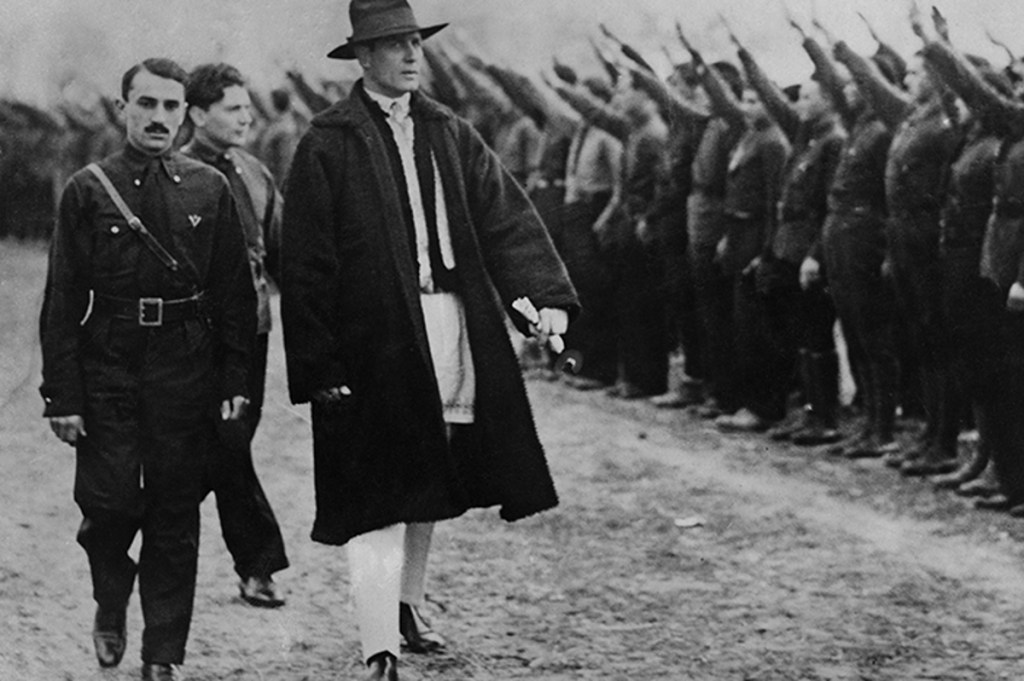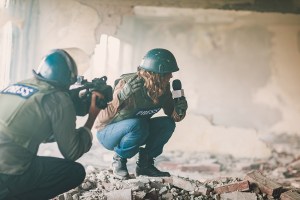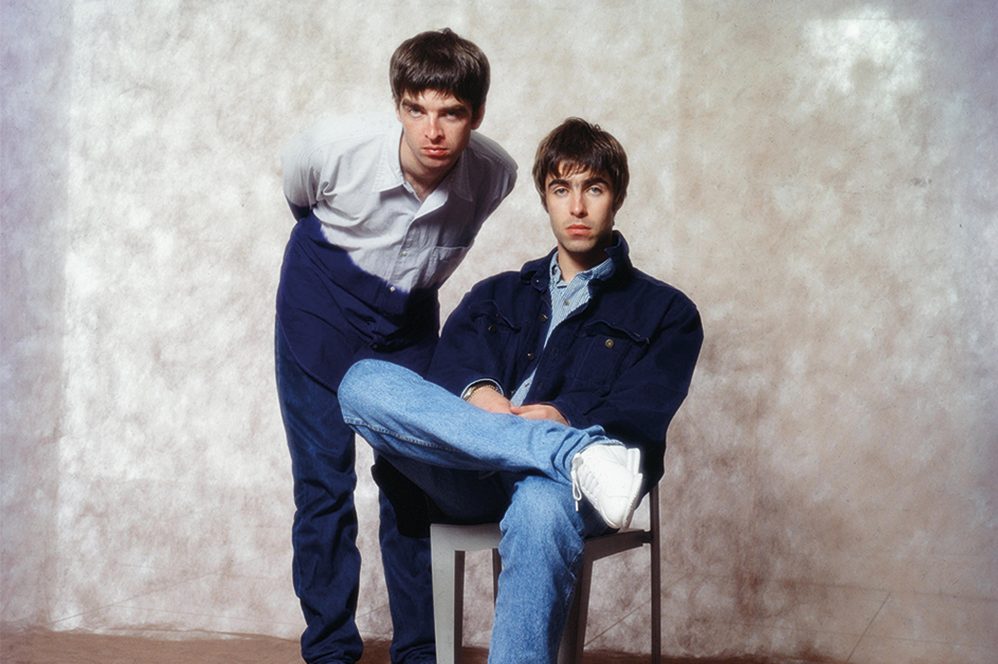The title of the journalist Paul Kenyon’s second book on crazy leadership, Children of the Night, leaves the reader in no doubt of its approach. This is a narrative that feeds off the macabre legacy of Vlad Dracula, the Impaler, the country’s most infamous anti-hero, while examining Romania’s recent collection of demented dictators and cult heroes. Imagine the history of Britain cast exclusively through the flamboyant prism of Henry VIII, Princess Diana, Nigel Farage and Boris Johnson and you’re nearly there, only in the case of 20th-century Romania the pickings are far richer.
The story opens with Vlad and his dramatic appearance as a medieval Wallachian prince (Romania didn’t exist in the 15th century) who muscled up to Ottoman Turkish might and took brutality to a whole new level. The scene jumps from this legendary despot to his later reincarnation as a blood-sucking vampire in Bram Stoker’s late-19th-century horror novel, and Kenyon’s investigation into modern Romania’s children of the night begins in earnest.
The fact that Romanians regard Stephen the Great (Dracula’s more impressive cousin) and Michael the Brave (who briefly united the three provinces that make up today’s Romania) as far greater national heroes than Vlad Dracula isn’t allowed to impinge on the book’s quest for a gripping yarn. This gothic gimmickry is a shame in a story otherwise full of surprises, but Kenyon deserves credit for bringing this fascinating country to our attention.
A brief fin de siècle sojourn with Queen Victoria’s granddaughter Marie, English-born and married off to Romania’s crown prince aged just 17, sees a beautiful princess dropped into the devilish narrative: ‘In January 1893, while Stoker was still in the throes of writing Dracula, Marie was on a journey to meet her in-laws in Romania.’ She is cast as a rare good egg, prior to an onslaught of rotten ones. Eye-wateringly, this ‘British queen’ is credited with ‘largely’ bringing about the birth of Greater Romania, including the acquisition of Transylvania in 1918, before the story rolls on to the enlarged country’s chauvinistic hell.
By any standards, the cult leader Corneliu Codreanu is an enthralling figure, and Kenyon’s eye for detail makes the most of him. With mystical good looks, a peasant’s costume and a pouch of soil around his neck, this was the man who fronted interwar Romania’s murderous fascist league, the Iron Guard. This was the irrepressible tail that wagged Romania’s political dog in a country with no democratic heritage that had just doubled in size in a climate long defined by relentless state-backed anti-Semitism.
Here I wanted Kenyon to pause, for him to dig deeper and interrogate the context and causes of Romania’s scary exclusive nationalism against the lurid political personalities and brutal killings. But there are too many madmen for the book to draw breath. Even the goodies have turned bad: the capricious megalomania of Marie’s own son, King Carol II makes a mockery of Romania on the international stage, and his timing couldn’t have been worse. World War Two sees Romania carved up. Hitler’s Germany is just one step away from the helm, and Kenyon has another personality to play with: Romania’s far-right military general Ion Antonescu, an all-too-willing Nazi accomplice.
The book, like the country, has an abundance of remodeled horror for the postwar period. It says a lot about the cruel and extraordinary nature of Nicolae Ceausescu that he is one of the few East European communist dictators most westerners can name; and regrettably there’s no doubting his homegrown qualities. No other country managed to out-Soviet its neighbors in such grotesque style, and Ceausescu and his wife make for a gripping endgame in Kenyon’s jam-packed story. The final showdown comes in December 1989, when the presidential couple are on the run:
‘Ceausescu still dressed in his elegant fur-lined coat, silk scarf and expensive leather shoes; Elena also in a fur, with a Hermès scarf and expensive leather shoes, clambering around aimlessly in the frozen mud.’
On Christmas Day they’re shot dead by more than 100 bullets. Kenyon concludes with another Dracula confection: ‘Some say the moon that night turned blood red.’
This is a book that will leave you astonished, exhausted and curious. How has modern Romania, a young democracy now firmly ensconced in the EU, made it so far with such jokers and murderers in the pack? It is a question Kenyon doesn’t try to answer: this is an unapologetic page-turner, not a historical analysis. But all the clues are there. A century of marauding chauvinists and a deranged Romania-first version of communism got the country precisely nowhere, which helps explain why contemporary protest-fueled Romania has refused to go down the same route as Orbán’s Hungary and national-conservative Poland. For the time being, the country has had its fill of destructive nationalism. The children of the night are wreaking havoc elsewhere.
This article was originally published in The Spectator’s October 2021 World edition.

























